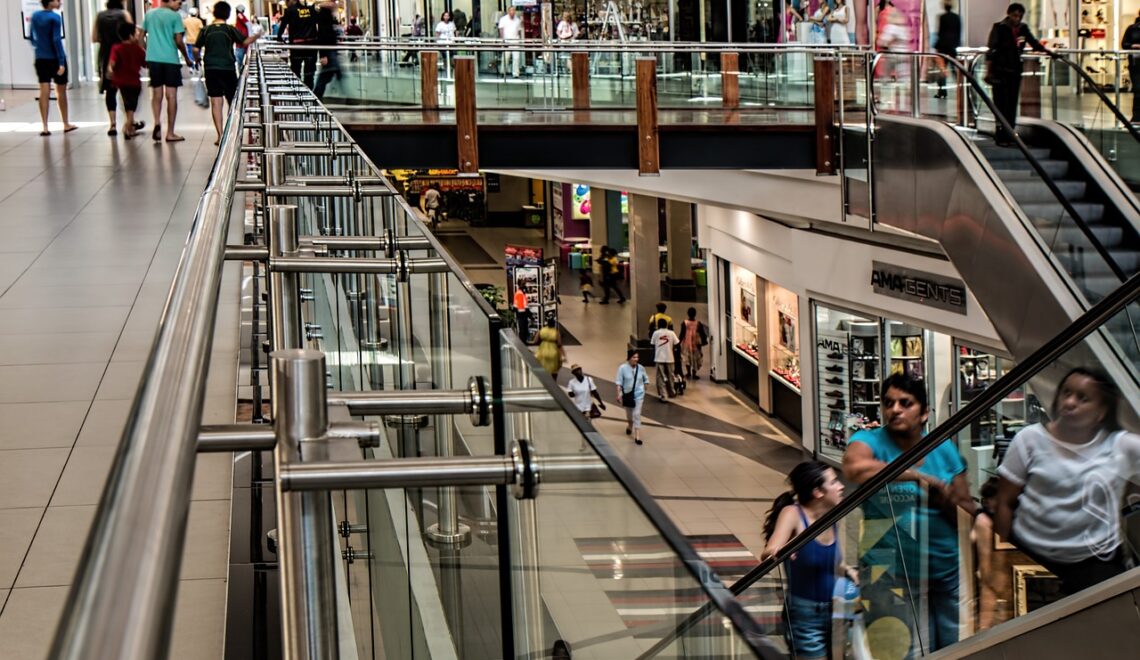
Retail Landscape: Exploring the Size of Various Sectors in the United States
The retail market in the United States is a diverse and ever-evolving ecosystem, comprised of various sectors that cater to the diverse needs and preferences of consumers. Understanding the size of different retail sectors provides valuable insights into the economic landscape and consumer behavior. Let’s delve into the dimensions of the retail market by sector in the United States.
**1. Apparel and Fashion:
- Market Size: The apparel and fashion sector represents a substantial portion of the retail market. It includes clothing, footwear, and accessories.
- Trends: E-commerce has significantly impacted this sector, with a growing number of consumers opting for online shopping experiences.
**2. Electronics and Technology:
- Market Size: The electronics and technology sector encompasses a wide range of products, including smartphones, laptops, home appliances, and more.
- Trends: Continuous technological advancements and the demand for the latest gadgets contribute to the dynamism of this sector.
**3. Home Improvement and Furnishings:
- Market Size: The home improvement and furnishings sector cover products related to home renovation, furniture, décor, and appliances.
- Trends: Increased focus on home improvement and interior design, driven by factors such as remote work and lifestyle changes.
**4. Grocery and Food Retail:
- Market Size: Grocery and food retail constitute a substantial part of the retail market, encompassing supermarkets, grocery stores, and specialty food retailers.
- Trends: The rise of online grocery shopping and an emphasis on health-conscious choices influence this sector.
**5. Automotive Retail:
- Market Size: Automotive retail includes the sale of vehicles, parts, and accessories through dealerships and online platforms.
- Trends: Consumer preferences for electric vehicles, online car buying, and innovations in automotive technology shape this sector.
**6. Health and Beauty:
- Market Size: The health and beauty sector spans cosmetics, skincare, personal care products, and wellness items.
- Trends: Growing awareness of health and sustainability, coupled with the influence of social media, impacts consumer choices.
**7. Sports and Outdoor Retail:
- Market Size: Sports and outdoor retail covers a range of products, from athletic apparel and equipment to outdoor gear.
- Trends: Increasing focus on health and fitness, coupled with a surge in outdoor activities, influences this dynamic sector.
**8. E-commerce and Online Retail:
- Market Size: E-commerce has emerged as a significant player in the retail landscape, encompassing various product categories.
- Trends: The convenience of online shopping, mobile commerce, and innovations in logistics contribute to the growth of e-commerce.
**9. Specialty Retail:
- Market Size: Specialty retail includes niche markets such as pet supplies, hobby stores, and specialty gift shops.
- Trends: Personalized and unique shopping experiences drive consumer engagement in specialty retail.
**10. Department Stores:
- Market Size: Department stores offer a wide range of products, from clothing to home goods, under one roof.
- Trends: Department stores are adapting to changing consumer preferences by enhancing online offerings and in-store experiences.
Conclusion:
The retail market in the United States is a vibrant tapestry woven with various sectors, each contributing to the overall consumer experience. As consumer behaviors and market dynamics continue to evolve, understanding the size and trends within these sectors is crucial for retailers, investors, and policymakers alike. In this dynamic landscape, the ability to adapt and innovate will be key to thriving in the ever-changing world of retail.





